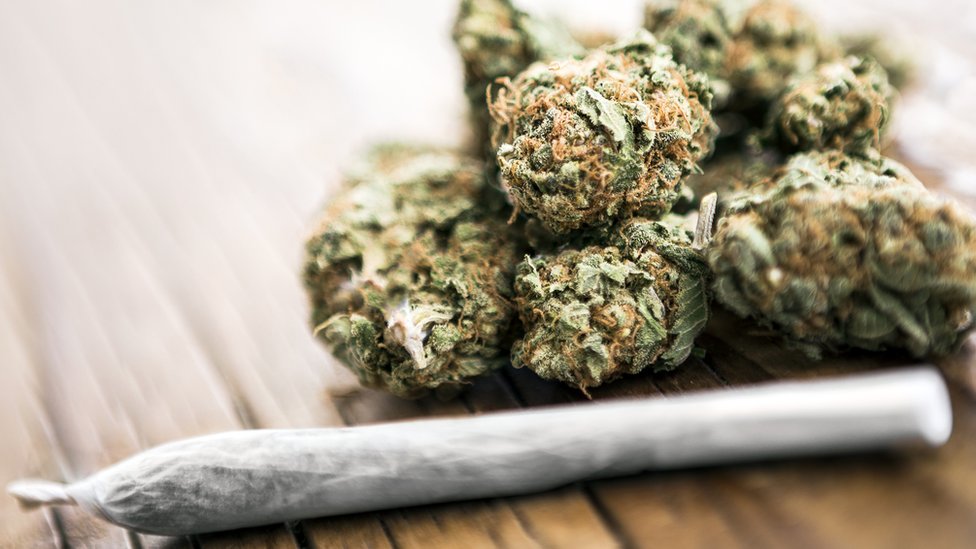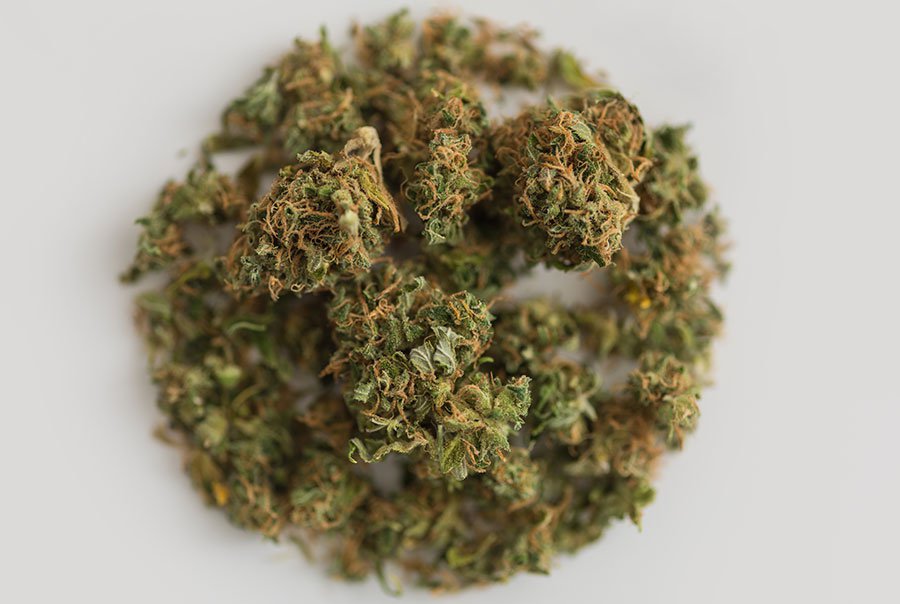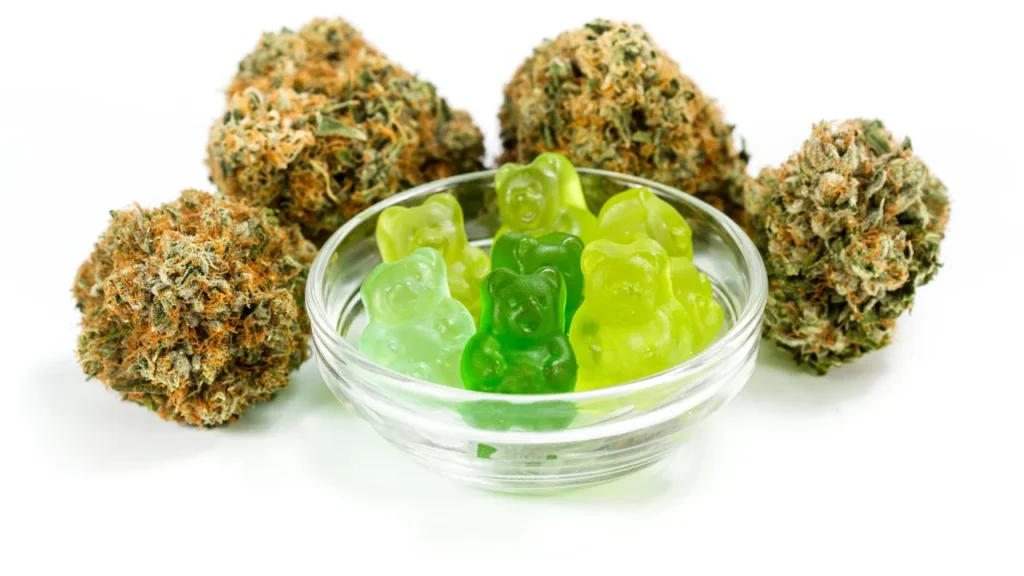- (592)226-0431








WHAT IS MARIJUANA?
Marijuana is a mind-altering (psychoactive) drug, produced by the Cannabis sativa plant.
Marijuana has over 480 constituents. THC (delta-9-tetrahydrocannabinol) is believed to be the main
ingredient that produces the psychoactive effect.
WHAT IS ITS ORIGIN?
Marijuana is grown in the United States, Canada,Mexico, South America, Caribbean, and Asia. It can be cultivated in both outdoor and indoor settings.
COMMON STREET NAMES
Common street names include:
Aunt Mary
HOW IS IT ABUSED?
Marijuana is usually smoked as a cigarette (called a joint) or in a pipe or bong. It is also smoked in blunts, which are cigars that have been emptied of tobacco and refilled with marijuana, sometimes
in combination with another drug. Marijuana is also mixed with foods or brewed as a tea.
WHAT IS ITS EFFECTS ON THE MIND?
When marijuana is smoked, the active ingredient THC passes from the lungs and into the bloodstream, which carries the chemical to the organs throughout the body, including the brain. In the brain, THC connects to specific sites called cannabinoid receptors on nerve cells and influences the activity of those cells. Many of these receptors are found in the parts of the brain that influence:
The following are some of the short-term effects of marijuana:
The effects of marijuana on perception and coordination are responsible for serious impairments in learning, associative processes, and psychomotor behaviour (driving abilities).
Long term, regular use can lead to physical dependence and withdrawal following discontinuation, as well as psychological addiction or dependence. Clinical studies show that the physiological, psychological, and behavioural effects of marijuana vary among individuals and present a list of common responses to cannabinoids, as described in the scientific literature: